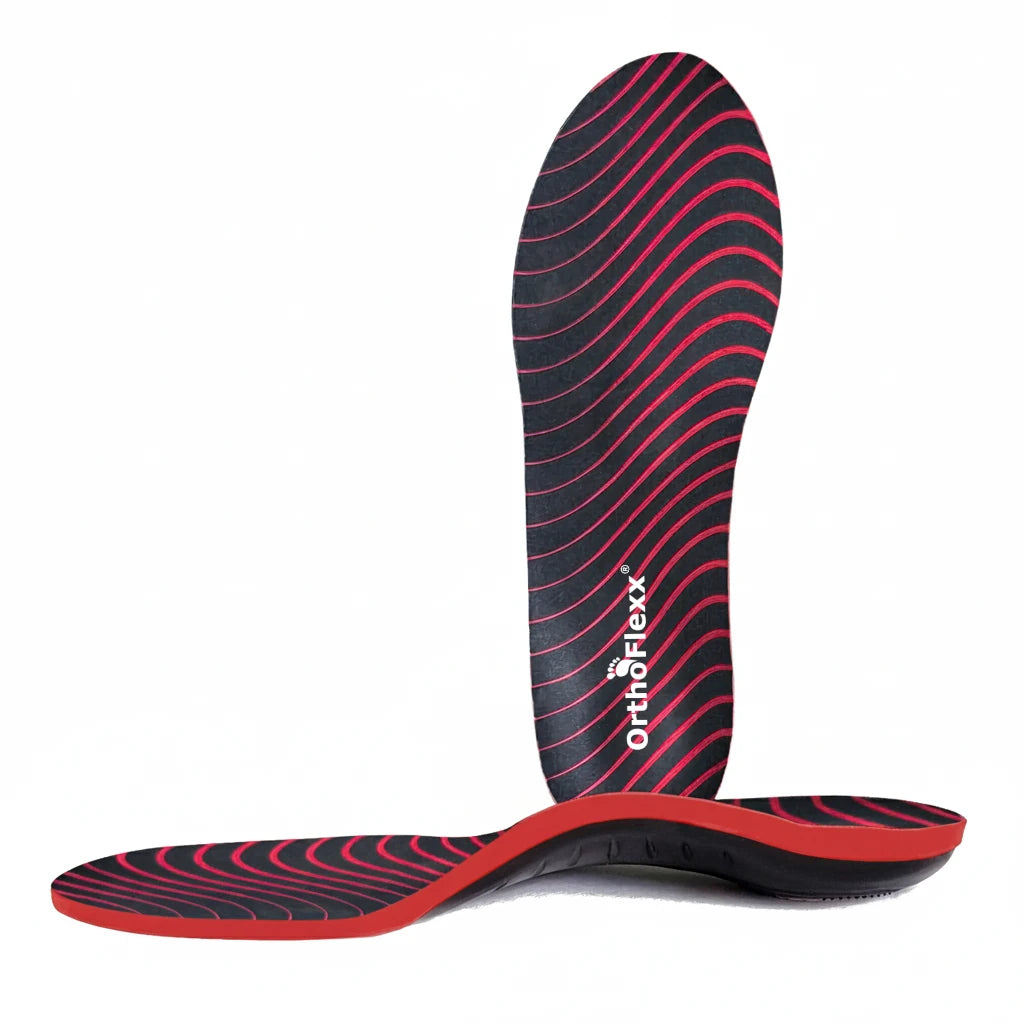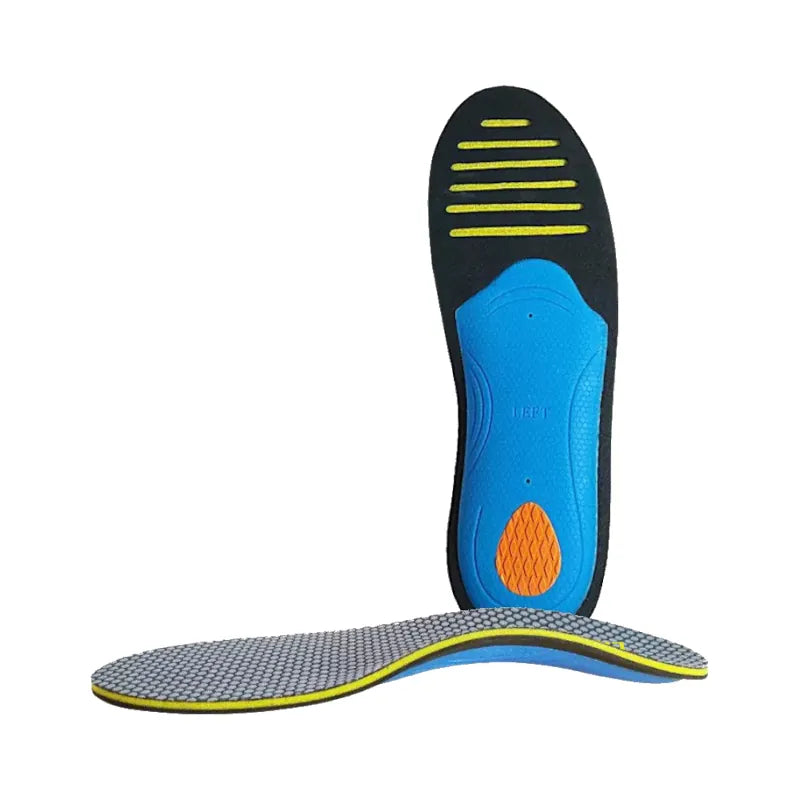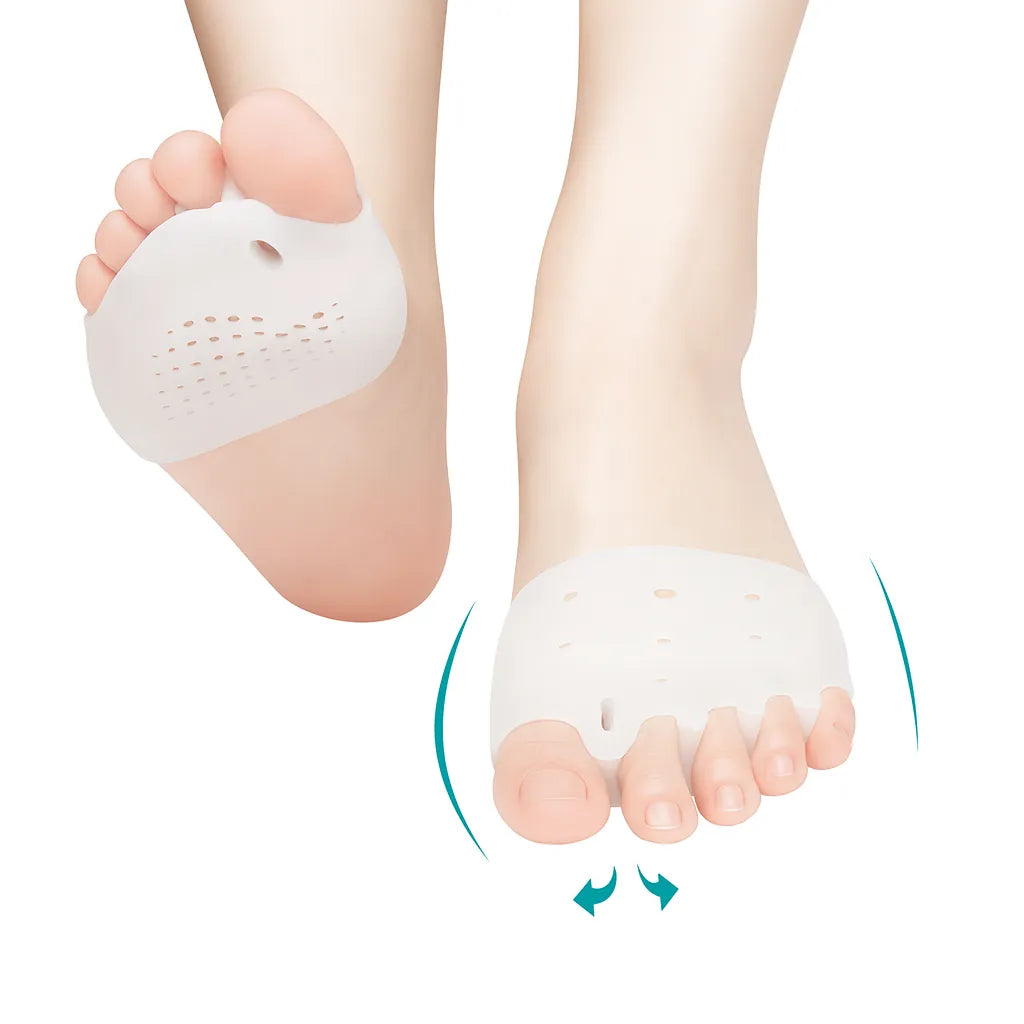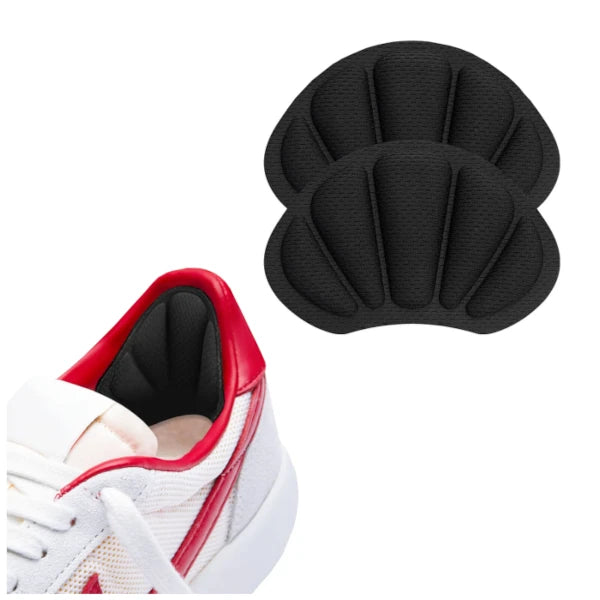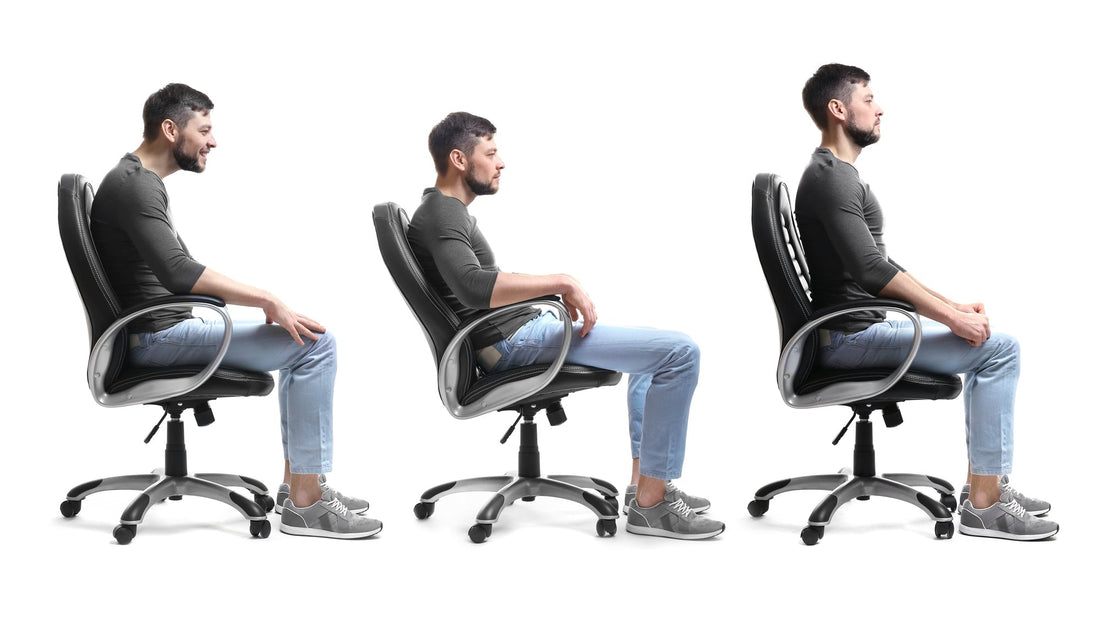
How to improve your posture?
Share
Good Posture is a Foundation for Good Health
Posture refers to the position and alignment of your body while standing, sitting, or moving. It involves the alignment of your spine, head, shoulders, and hips in relation to one another. Good posture is characterized by having a neutral spine, well-aligned muscle groups, joints, and ligaments, which minimize stress on the body, promote flexibility, reduce fatigue, and enhance balance. However, in our daily lives, it is pretty common that we keep getting out of the perfect alignment. There is nothing wrong with that.

The trouble comes when your “bad/poor posture” is maintained for too long or even becomes a habit. Besides potentially causing pain, injury during work or exercise, and structural alterations in your body, it can also affect your appearance, self-confidence, and general well-being.
The good news is that there are many ways you can use to improve your posture fast such as exercises and, if necessary, posture aids.
Common Symptoms of Poor Posture
Bad posture can be felt or manifested in many ways:
Back pain is one of the most common. Some people feel restricted movement or changes in movement patterns requiring more energy from their body and eventually making exercise and daily functioning difficult. Shallow breathing, pain in your temporomandibular joint, lack of balance, and foot posture modifications can also be visible.
Risk Factors for Bad Posture and How to Correct Them

Developing poor posture habits is often an unconscious process, and you may not even realize it until you experience discomfort or pain. To identify these habits and correct them, here are some helpful tips:
Postural Hygiene in your Workplace
Starting with daily commutes, most people tend to spend a long time leaning over a small screen, slouching in a chair. When you sit at your desk to work, position your monitor straight ahead at eye level so that you are looking forward and not downward. This will decrease the amount of weight you place on your spine and reduce neck strain. Also, ensure you have your feet support to reduce the tension in your lumbar spine.
Weight-Bearing
Carrying a heavy backpack while walking, being overweight, or being pregnant can add extra weight and pressure on your body, leading to changes in your posture to accommodate the load. To reduce the impact of this extra weight on your posture, try to minimize the amount of weight you carry and focus on maintaining good posture while carrying any additional weight. Additionally, incorporating exercises that target your core, back, and shoulder muscles can help to strengthen these areas and improve your posture.
Repetitive Movements or Sedentary Behavior
Many people have jobs that require repetitive motions or positions, which can cause fatigue and strain on the body. To prevent this, it's essential to introduce variety into your work routine and avoid prolonged periods of static positioning. Taking regular breaks to stretch or move around can help alleviate muscle fatigue and tension. In addition, incorporating exercises that target the specific muscles used in your work activities can help prevent injury and promote good posture. Engaging in regular exercise and physical activity can also help to maintain a healthy spine and overall body.
Shoes
Wearing poor-quality shoes can also lead you to develop bad posture. Wearing proper footwear or insoles that adapt to your feet is the perfect way to correct your posture and prevent further injuries.
After a while, all of these factors can lead to bad posture. Additionally, some people have congenital problems, such as scoliosis or leg asymmetry, factors that contribute to a worse posture.
How to Improve your Posture Fast?

-
Develop Postural Awareness
Improving your posture begins with recognizing and acknowledging any habits or behaviors that may be negatively impacting your body's alignment while standing, sitting, or lying down. By being mindful and observant of your daily activities, you can identify and address any postural issues as they arise. Start by paying attention to your body's positioning and how it feels throughout the day.
-
Correct your Posture
Maintaining proper posture is important whether you are sitting or standing. When standing, focus on keeping your shoulders back and relaxed, your abdomen pulled in, and your weight evenly distributed on both feet, which should be placed hip-width apart. Ensure that your knees are relaxed and not locked, and your head is directly aligned with your spine. When sitting, be mindful of avoiding slouching or hunching your shoulders, and keep your feet supported. Sit with your back straight and your shoulders relaxed, making sure that your hips are positioned slightly above your knees.
-
Practice Deep Breathing
Deep breathing can help develop physical awareness and bring your body into correct posture positions. Practice deep inhalations into the belly, ribcage, and chest, as well as exhalations that draw your pelvic muscles and abdominals up and in and your shoulders back and down.
-
Buy Proper Footwear
Instead of high heels or sneakers with no sole support, opt for adequate insoles and supportive footwear.
-
Move
Maintaining good posture and overall health requires an active lifestyle and a commitment to taking care of your body. This includes incorporating exercises and stretches that target your back and neck to alleviate any tension or discomfort caused by poor posture. Additionally, taking regular breaks throughout your day to stand up, walk, or engage in light exercises can help prevent the negative effects of prolonged sitting.
When to See a Doctor?
If you are experiencing noticeable discomfort or pain due to poor posture, it may be beneficial to seek guidance from a healthcare professional. They can help you identify the root cause of the issue and provide personalized recommendations for correcting your posture.
Other red flags that may need a doctor’s opinion are:
- Trauma
- History of cancer
- Other related symptoms (fever, chills, weight loss)
- Pain worse at night or when supine
- Severe or progressive sensory alteration or weakness
- Bladder or bowel dysfunction
- Back pain with associated leg pain
In addition to consulting with a healthcare professional, they may also recommend seeking the guidance of a physical therapist. A physical therapist can provide a personalized routine of stretches and exercises to strengthen the muscle groups necessary for proper posture. Additionally, activities such as yoga and Tai Chi can be beneficial in improving posture and overall body awareness.
Conclusion
In conclusion, developing bad posture habits can be effortless, especially for those who spend extended periods sitting at a desk or doing repetitive tasks. However, most posture issues can be resolved by identifying and stopping poor habits, as well as incorporating stretching and strengthening exercises that target weak support muscles.
To maintain good posture, make it a habit to check your posture throughout the day and incorporate regular physical activity into your routine. Remember, good posture is not only important for physical health but also for confidence and overall well-being. By making small changes and practicing good habits, you can achieve lasting results and maintain a healthy spine and body for years to come.
“Good posture means maintaining balance and alignment in your muscles and skeleton with conscious awareness and release”, Leah Zhang.
Author Bio:

Inês Pinheiro
Certified Physiotherapist for Shoulder and Knee Injuries;
Professional Adviser at KloudStep
References:
- Collier, E.S. (2016) “Body posture,” Encyclopedia of Evolutionary Psychological Science, pp. 1–4. Available at: https://doi.org/10.1007/978-3-319-16999-6_1417-1.
-
Santos, T.S. et al. (2022) “Effects of manual therapy on body posture: Systematic review and meta-analysis,” Gait & Posture, 96, pp. 280–294. Available at: https://doi.org/10.1016/j.gaitpost.2022.06.010.
- Home (no date) AccessAble. Available at: https://www.accessable.co.uk/ 4. “International Journal of Physical Education, Sports and health” (no date). Available at: https://doi.org/10.22271/kheljournal.
